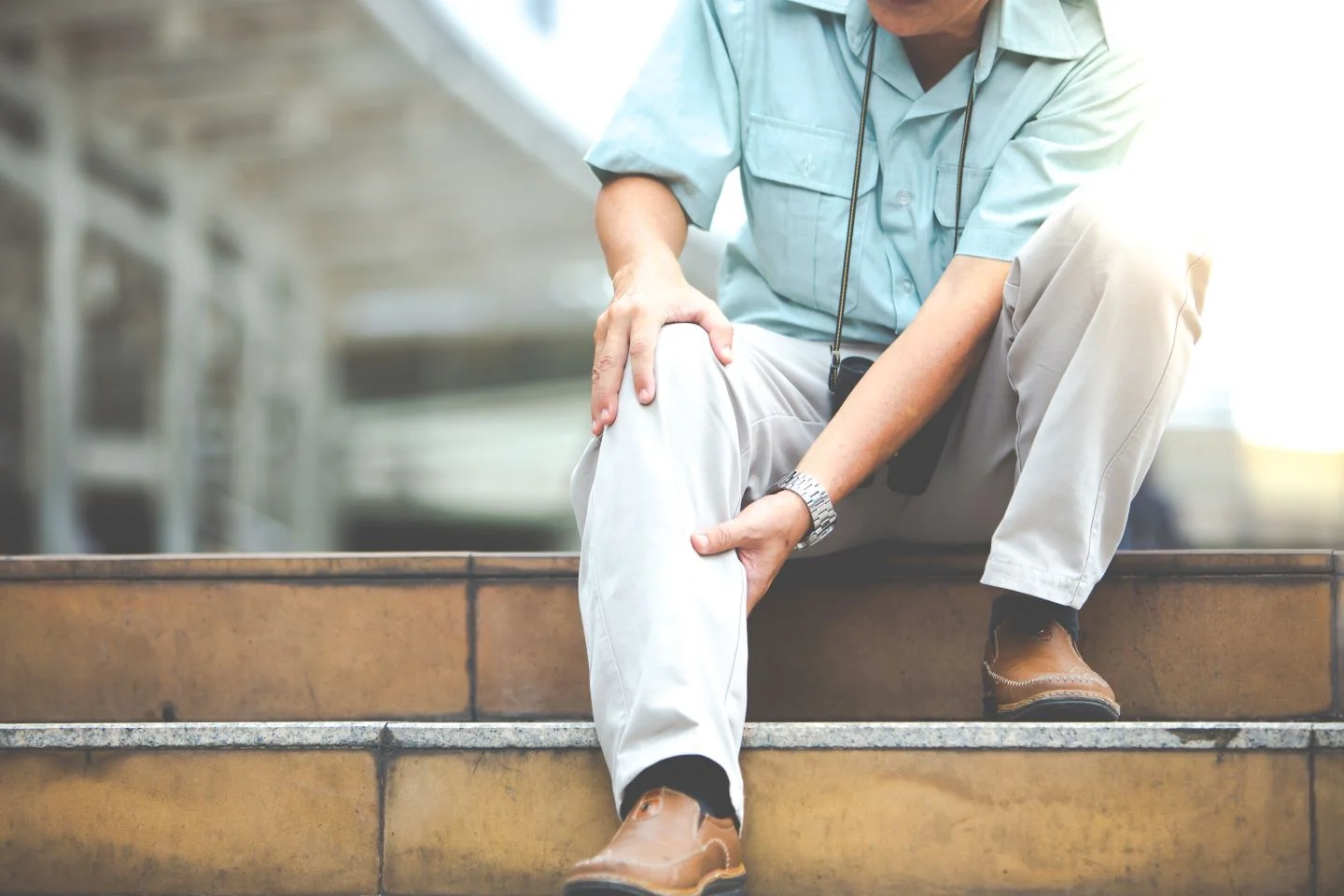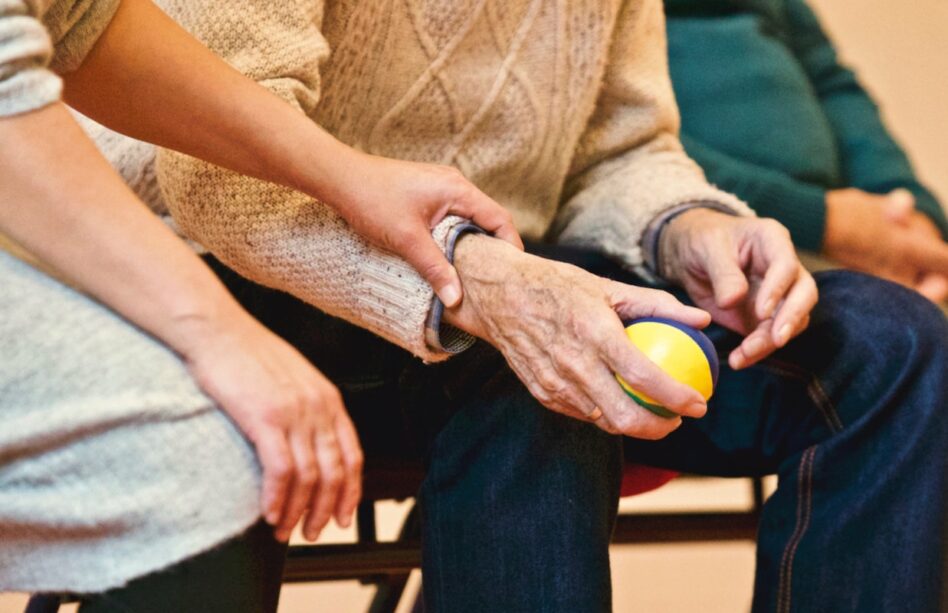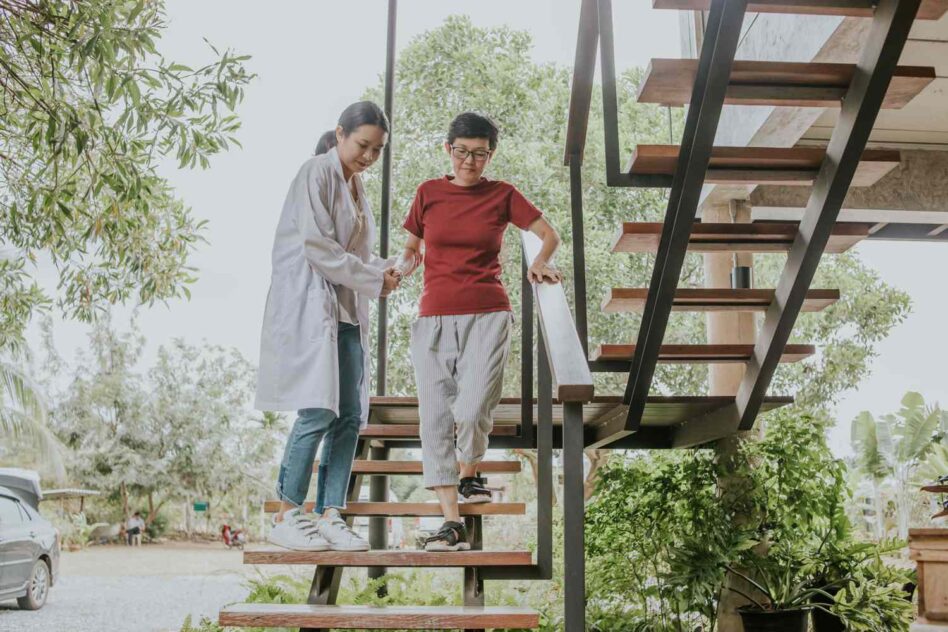
WITH ageing comes a decline in physical functions. Elderly people find their mobility and agility are no longer as effortless as they used to be, while significant deterioration in bone quality puts them at higher risk of injuries.
Ageing also leads to gradual degeneration or wear and tear of joint areas, causing degenerative joint disease or bone spur formation, which is why it’s common to see patients suffering from issues such as knee osteoarthritis in clinical settings.
It doesn’t stop at the knee though – degenerative joint diseases can target the cervical, and lumbar areas, as well as the hip joints, fingers, and more.
More caution is needed in day-to day-activities, especially since older adults, thanks to their heightened bone fragility, are more likely to suffer from issues such as fractures in the event of a fall.
Adding on to that, is the potential for further complex complications piling on to the initial injury, and further delaying the healing process.
However, you don’t need to wait to be injured before seeking orthogeriatric services – instead, here’s a few reasons to consider pre-emptively making it a regular part of your life:
No obvious warning signs
Reduced bone density or bone mass is one of the major health issues faced by the elderly as they age.
Human bone mass increases with age after birth, reaching its peak around the age of 25, and gradually decreasing in old age.
Women in particular, are more susceptible to this, due to factors such as hormonal changes during menopause which result in compression fractures, or non-traumatic fractures, of the spine, such as kyphosis and loss of height.
As osteoporosis itself does not have any glaringly obvious symptoms or warning signs. In fact, many elderly patients only realise that they suffer from osteoporosis after they fall victim to fragility fractures post-falling from a standing-height.

Lack of awareness
Another glaring issue is that the country is sorely lacking in bone health prevention and awareness, especially in comparison to European and American countries.
In general, people pay more attention to issues such as heart disease, diabetes, and hypertension, and mistakenly believe that osteoporosis is a natural part of the ageing process. At the end of the day, we pay the price, as we end up underestimating the severity of bone disease.
Timely treatment is crucial to reduce bed rest period
After experiencing a hip fracture, time is of essence. If not promptly treated, the fallout from the fracture could result in patients being put on prolonged bed rest.
Unfortunately, while vital for the recovery of the bone, prolonged bed rest comes with its own perils as many patients may die from the resultant complications, which include, but are not limited to pneumonia, bacterial infections, urinary tract infections, and venous thrombosis.
Therefore, surgery should be performed as soon as possible after a fracture to allow patients to get out of bed and achieve mobility as soon as possible.
In the case of elderly patients, the principle of hip fracture treatment is to perform surgery within 48 hours of the fracture, if possible.
This sense of urgency is heighted if the patient in question is already dealing with other underlying comorbidities such as heart disease, hypertension, or diabetes.
This is as any surgeries for the fracture may need to be delayed as they receive treatment for their medical conditions from internal medicine physicians first. Once their condition stabilises, then and only then can fracture surgery be arranged.
Many assume that fractures in the elderly only require the care of orthopaedic surgeons. However, such surgeries should be jointly treated by geriatricians and orthopaedic surgeons to tailor the most appropriate treatment plan for the patient and minimise risks.
How to track, increase and maintain bone density

One of the simplest things elderly individuals facing osteoporosis can do is to begin treatment and daily life adjustments.
Adequate intake of calcium (1,200 mg) and vitamin D (1,200 IU) through diet, moderate exposure to sunlight, and moderate exercise such as brisk walking and tai chi are all beneficial for bone density.
Another way of keeping track of your bone undergo bone density testing (DEXA/DXA) starting from the onset of menopause to detect bone loss in the body.
Regular bone density checks are even more necessary if family members have a history of fractures or osteoporosis.
In clinical practice, medications used to treat osteoporosis can be classified into three main categories.
The first category of drugs aims to reduce bone loss; the second category of drugs focuses on increasing bone formation function while the third category of drugs has dual functionality, reducing bone loss at the same time enhancing bone formation.
It is to address these gaps, as well as tackle the disease at the root that a group of orthopaedic surgeons, including myself, collectively worked together to establish the MyBONe Society (MyBONe Malaysian Bone Health Optimisation Network).
Through the MyBONe society, we aim to advocate for the importance of treating osteoporosis to all orthopaedic doctors and promote responsibility in assessing bone health.
Datuk Dr Lee Joon Kiong is a Consultant Orthopaedic & Trauma Surgeon at Beacon Hospital.
The views expressed are solely of the author and do not necessarily reflect those of MMKtT.
- Focus Malaysia


No comments:
Post a Comment
Note: Only a member of this blog may post a comment.